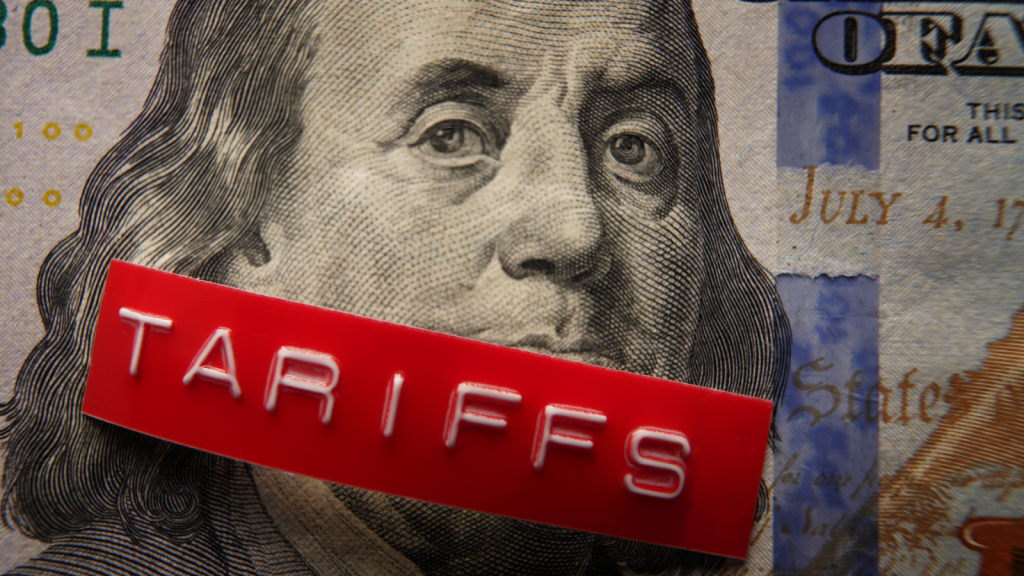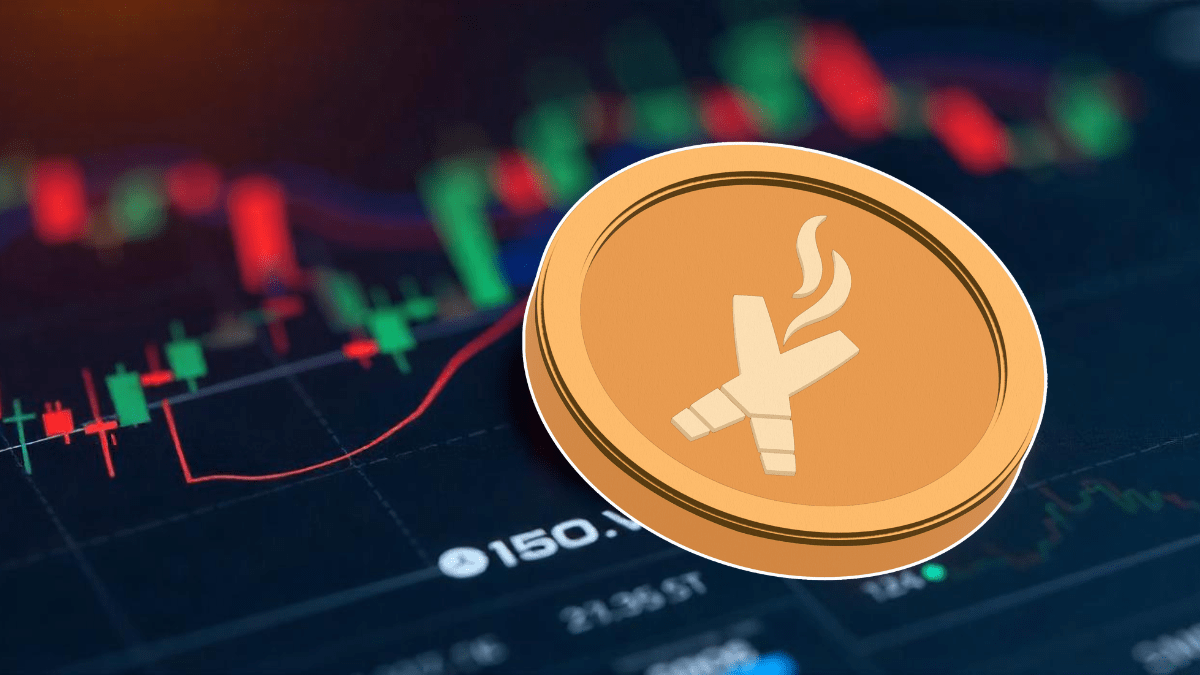STAG Industrial (STAG) | Monthly Dividend Safety Analysis

Updated on April 1st, 2025 by Nathan Parsh
The real estate industry is a great place for investors seeking yield. Intuitively, this is not surprising. Real estate owners collect predictable income from their tenants. Thus, the real estate business is qualitatively geared toward owners wanting to collect periodic income.
One of the best ways for investors to gain exposure to the real estate industry is through Real estate Investment Trusts – or REITs.
STAG Industrial (STAG) is a commercial REIT that leases single-tenant industrial properties throughout the US. The stock’s current dividend yield of 4.1% is more than triple the 1.3% average yield in the S&P 500.
Moreover, STAG Industrial pays monthly dividends (rather than quarterly). This is highly beneficial for retirees and other investors who rely on their dividend income to cover life’s expenses. There are currently 76 monthly dividend stocks.
You can download our full Excel spreadsheet of all monthly dividend stocks (along with metrics that matter, like dividend yield and payout ratio) by clicking on the link below:
Thanks to its high yield and its monthly dividend payments, STAG Industrial has the potential to be a great investment for income investors, particularly since the trust has a long runway of growth ahead.
Business Overview
STAG Industrial is a Real Estate Investment Trust (REIT). It owns and operates industrial real estate. It is focused on single-tenant industrial properties and has nearly 600 buildings across 41 states in the United States. This REIT’s focus on single-tenant properties might create higher risk compared to multi-tenant properties, as the former are either fully occupied or completely vacant.


Source: Investor Presentation
STAG Industrial executes a deep quantitative and qualitative analysis of its tenants. As a result, it has incurred credit losses that have been less than 0.1% of its revenues since its IPO.
The trust typically does business with established tenants to reduce risk. Moreover, STAG Industrial has limited exposure to any specific tenant. STAG has an added advantage thanks to its exposure to e-commerce properties, which gives it access to a key growth segment in real estate.
The penetration rate of e-commerce is expected to grow from 14% in 2021 to 30% by 2030. This secular shift in consumer behavior will provide a strong tailwind to STAG’s business for the next several years.
STAG is currently facing a headwind due to the rise of interest rates. However, the effect of the higher interest rates on the REIT has been limited so far, thanks to the high credit profile of its tenants.
Some REITs view single-tenant properties as risky because they are binary propositions; they are either fully leased or empty. However, focusing on single-tenant properties creates mispriced assets, which STAG can add to its portfolio at attractive valuations. This is central to STAG’s strategy and is a key differentiator among competitors.
STAG’s addressable market is in excess of $1 trillion, a significant portion of which comprises single-tenant properties. The sector is highly fragmented, meaning that no particular entity would have a considerable scale advantage. This is why STAG believes it can purchase mispriced assets.
STAG finds this to be an attractive mix of assets. Combined with relatively low capex and high retention rates, it has created a strong portfolio of industrial real estate.
STAG’s tenant profile reflects the vast diversification it has built into its portfolio. This diversification greatly mitigates the risk of owning single-tenant properties. STAG has done a nice job of taking a relatively risky sector of real estate—single-tenant properties—and building a portfolio that greatly reduces that risk.
Growth Prospects
STAG Industrial’s growth since its IPO in 2011 has been impressive from both a fundamental and an investor return perspective. Fortunately, this real estate trust still has ample room for future growth.
The trust reported strong growth in its financial and operating results for Q4 2024 on February 12th, 2025.
The trust achieved net income of $0.28 per share, up from $0.23 in Q4 2023, with total net income rising to $50.9 million. Core FFO per share grew 5% to $0.58 for the quarter, while Cash NOI increased by 8.6% to $155.5 million. Same-store cash NOI improved 4.4% to $139.2 million. This growth was driven by the sustained strength of the REIT’s tenants and hikes in rent rates.


Source: Investor Presentation
The trust made significant moves during the quarter, acquiring 15 buildings totaling 2.4 million square feet for $293.7 million and selling two buildings for $29.4 million. STAG’s portfolio maintained a high occupancy rate of 96.5%, though this was a 60% basis point decline year-over-year. The operating portfolio occupancy rate was slightly higher at 97.5%. New leases covered 279K square feet with significant rent growth, and 76.9% of expiring leases were renewed.
New leases for the year covered 2.86 million square feet with cash rent growth of more than 28% for new and renewed leases, while 76.6 of expiring leases were renewed.
Moody’s reaffirmed STAG’s Baa3 rating and upgraded its outlook from Stable to Positive in June 2024, demonstrating the trust’s improving fundamentals.
Dividend Analysis
STAG is a high-dividend REIT. Its dividend is obviously very important, as investors generally own REITs for their payouts. STAG’s payout has grown yearly since its IPO and is currently $1.49 per share. However, dividend growth since 2015 has been minimal, averaging only 1.0% yearly.
We do not see material growth in the dividend moving forward. Still, STAG’s payout ratio, which currently stands at 60% of expected FFO-per-share for 2025, provides a meaningful margin of safety for the dividend. We expect STAG to continue raising its dividend very slowly for the foreseeable future to avoid ending up in a tight spot like it did in the earlier half of the trailing decade.
The payout ratio is down significantly from its 2016 level of near 100%, as STAG has made a concerted effort to reduce the vulnerability of its dividend. However, that effort is still underway, and hence, we see meaningful payout growth as unlikely in the near term.
The current payout ratio, combined with our expectations for mid-single-digit FFO-per-share growth in the coming years, should gradually improve the safety of STAG’s dividend. The trust has also made divestitures when pricing is favorable, an option it could use to temporarily cover dividend shortfalls. In short, we view the REIT’s 4.1% dividend yield as safe for the foreseeable future.
Final Thoughts
STAG Industrial has two characteristics that immediately appeal to income investors: a 4.1% dividend yield and regular monthly dividend payments. In addition, REIT has promising growth prospects and are reasonably valued. As a result, it can offer a total average annual return of about 10% over the next five years.
We like the trust’s strategy for long-term growth in a real estate sector that investors sometimes ignore due to its perceived riskiness. Thus, STAG Industrial is a good potential addition to a high-yield portfolio, thanks to its high dividend yield, monthly dividend payments, and leadership in the single-tenant industrial real estate market. Overall, STAG Industrial seems an attractive candidate for income-oriented investors, especially in the highly inflationary investing environment prevailing right now..
Don’t miss the resources below for more monthly dividend stock investing research.
And see the resources below for more compelling investment ideas for dividend growth stocks and/or high-yield investment securities.
Thanks for reading this article. Please send any feedback, corrections, or questions to [email protected].
































